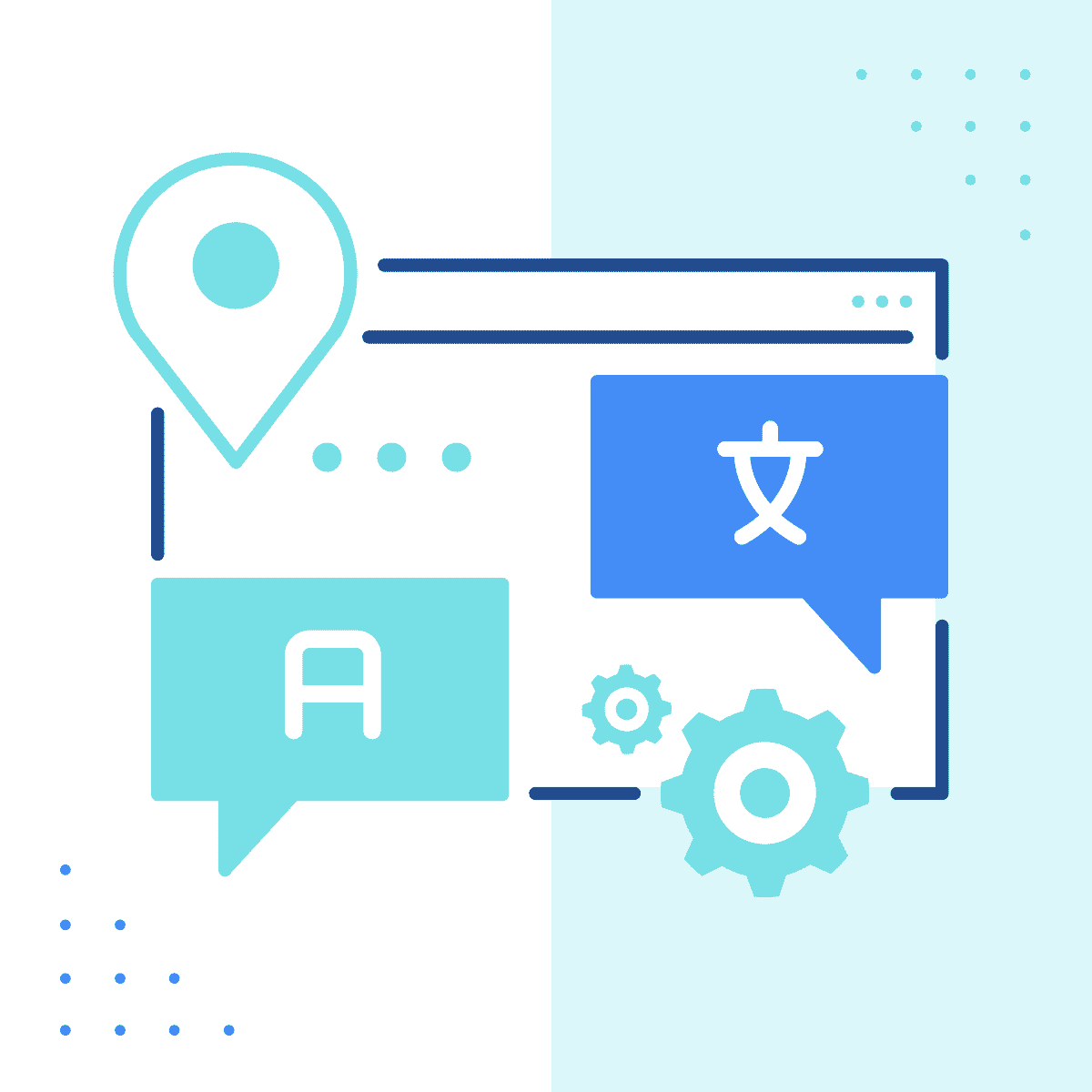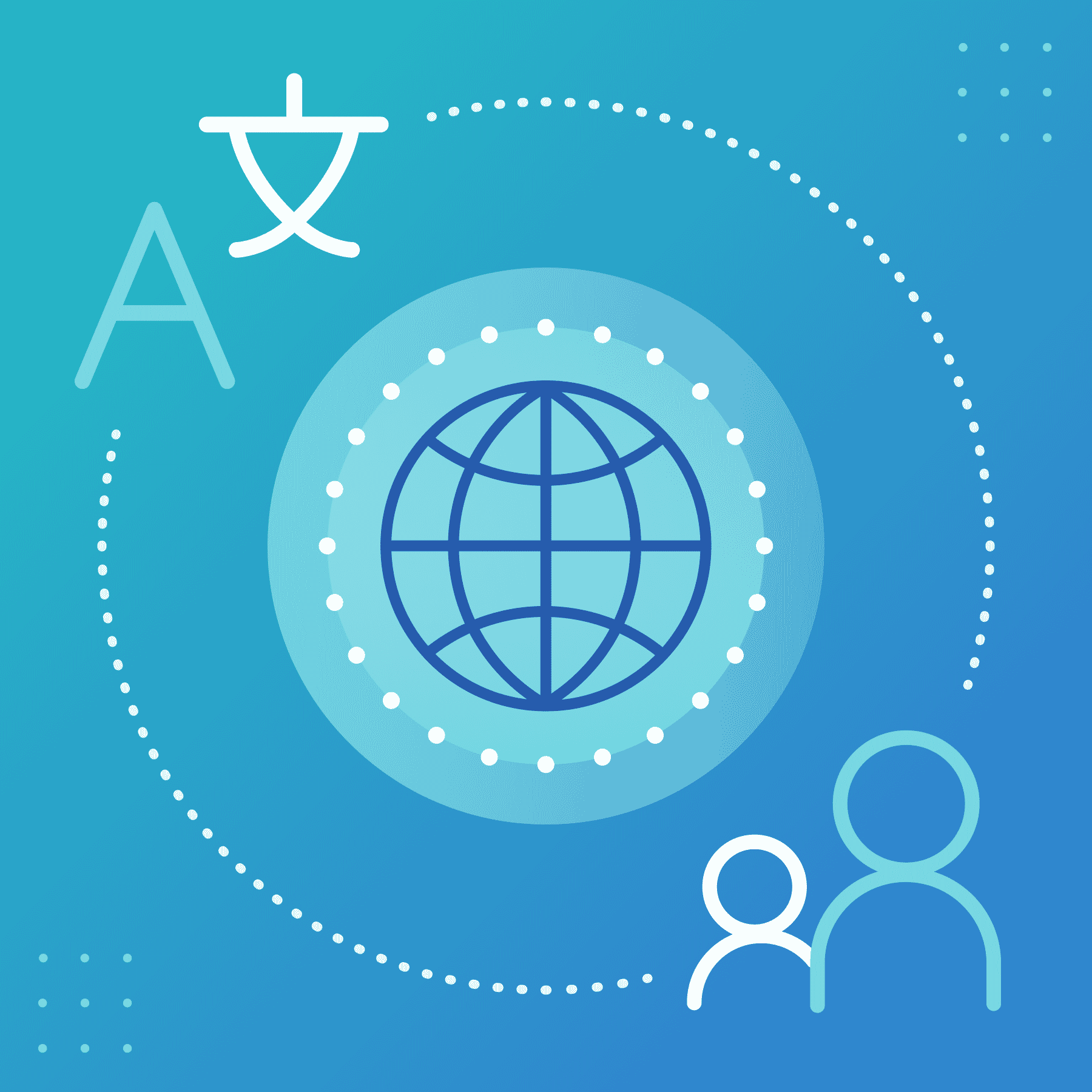This guest post was written by Scott Bass, the principal of LocFluent Consulting. Scott has been active in the language industry for over 30 years. Scott was formerly the founder and owner of Advanced Language Translation, Inc., a technical translation and localization specialist company, which he established in 1994. In 2015, he sold his company to Morningside Translations, one of the fastest-growing language service providers in the U.S. Most recently, Scott was Vice President for Morningside’s Professional Services Group, where he focused on onboarding new clients, building the foundation for strong client relationships, and ensuring customer satisfaction.
eLearning has exploded as the primary channel for the training of new and existing staff. Even before the impact of COVID-19 on remote work, the adoption of the eLearning platform across all sectors had accelerated. Since 2011, roughly 80% of employers have used online learning. In fact, 93% of businesses globally plan to adopt eLearning in 2024, highlighting the continued growth and integration of online learning within organizations worldwide.
What is eLearning localization?
Firstly, localization is a process that goes beyond machine translation of text. Localization also addresses aspects of how information is presented—layout, images, and color; cultural information that is relevant to the target audience—units of measure, currencies, etc.
For eLearning, these considerations apply in addition to a broader scope of content types that may require eLearning translation and localization services (video, voice-over, interactive assessments, controls, and navigation). It’s not enough to utilize translation software and simply translate just the readable text the user may see in their browser. A proper eLearning localization process ensures that trainees in other parts of the world will have the same experience as the original audience.
Once your localized content is ready, it needs to be efficiently delivered across various platforms and regions. This is where a content delivery platform like Xyleme Syndicate can play a key role, helping organizations distribute their eLearning courseware to learners in multiple locations seamlessly. This ensures that your content is easily accessible and tailored to the needs of a global workforce.
What parts of eLearning courseware require localization?
Depending on how you design your eLearning course, the following may be in scope for localization:
- Textual content
- Voice over
- Videos (voiced or with subtitles or captions)
- Interactions (quizzes, tests, simulations)
- Software interface (navigation, index, courseware controls, search function)
Which audiences will benefit from the localization of eLearning courseware?
eLearning localization for corporate users
At the corporate level providing localized eLearning material in multiple languages for international staff to train them about new processes, what to expect during a reorganization, or to make them aware of new safety requirements, and regulations is vital to worker performance.
eLearning localization for front line staff
Localized eLearning modules are critical for manufacturers and customer support staff, who will need detailed training material on new tools, safety procedures, material handling, or policies and processes to support customers properly.
eLearning localization for students
If you are working in academia, online training content has become a critical learning environment for both remote and in-person learning. eLearning translation and localization will be needed for courseware, syllabi, and course catalogs.
eLearning localization for new hires
eLearning is an efficient delivery channel of information for new hires. Localize your eLearning content to help your new international employees feel supported and improve the effectiveness of training about important onboarding information related to benefits, codes of conduct, corporate policy, and critical processes.
eLearning localization for compliance training
Compliance training is one of the most common applications for eLearning. It provides a standard, traceable platform to ensure everyone in the organization has completed the training modules. Localization is critical since compliance requirements could vary by region for legal purposes.
eLearning localization for resellers
Much like compliance training, you need to make sure resellers who represent your organization and products in international markets have up-to-date documentation about the products they sell and changes to warranties and service policies. Again, localization plays a critical role ensuring that local market requirements are translated completely and correctly, using the right information for the target market.
eLearning localization for product demos
If you want international customers to know you support their region and language well, the best way is to show them in a well-localized product demo—just another kind of eLearning.
What are the benefits of eLearning localization?
By making the investment and taking the time to localize your eLearning course, you can expect a good return on your investment…
- Higher user satisfaction - It stands to reason that users (be they students, employees, or customers) will feel supported and appreciated if their eLearning is in their native language.
- Better learning - Learning in one’s native language is simply more effective than having to use a second (or third) language to complete the training. Retention of what has been learned will be improved and the rate of learning will be faster. Localization helps overcome the language barrier, allowing learners to fully engage with the material no matter where they live.
- Better market penetration - For the reasons listed above, localized eLearning for resellers and customer demos will result in better market access, since selling will be more efficient, and customers will be more receptive to your products.
- Employee retention - With a commitment to eLearning localization, your employees’ satisfaction and job performance will improve. Both result in higher employee retention—critical in the current labor market where job mobility is higher than ever.
Choosing an eLearning localizer
Localizing eLearning software is a complex process and requires a broad range of capabilities--from text translation, to video voice over and editing, and mastery of many different tools—such as the eLearning publishing software that your courseware is in. The eLearning content you create must be adapted to suit the cultural and linguistic needs of diverse learners, which adds an extra layer of complexity to the process.
Depending on the eLearning publishing software you use to develop your courseware, the localization process can be easy or very cumbersome. Not all eLearning authoring software supports localization services well. Some tools make it easy to export all the translated content into a standard format that localizers can work with easily. Other authoring tools use proprietary formats that are a barrier to localization. Make sure your choice of localization provider has demonstrable experience creating localized content using your preferred authoring software, as this can make a significant difference in the quality and efficiency of the eLearning localization process.
How much does eLearning localization cost?
An experienced eLearning localizer will be able to provide you with a quote or at least an accurate estimate for localizing your courseware into multiple languages.
The factors that affect cost are:
- Number of languages needed
- Total translatable word count
- Amount of repetition in the content
- Amount of media (videos, audio, images)
- Number of interactions
- Amount of testing/QC needed for the localized versions
If you have eLearning and development software that would benefit from localization, engage a localization partner early to help guide the choice of content authoring software, design for audiences in different regions, and scope of content relevant for international markets.
Source:











